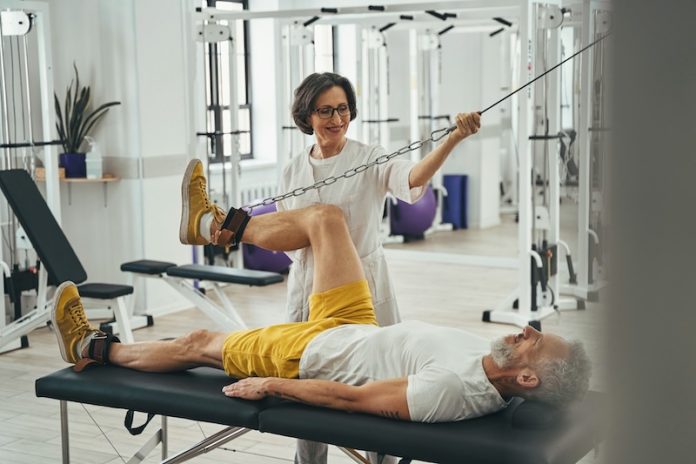
A recent study from MedStar Georgetown University Hospital has found a simple, non-surgical treatment that can significantly reduce knee pain, especially in people aged 50 and over. The treatment is called genicular nerve radiofrequency ablation, and it’s bringing hope to many older adults living with knee pain caused by osteoarthritis.
The study involved 36 patients who had ongoing knee pain. Researchers wanted to see if the treatment worked well for everyone and whether factors like age, gender, body weight, past surgeries, or having fibromyalgia made any difference.
The results were encouraging: all patients experienced less pain after the procedure. But what stood out was that people over the age of 50 saw the greatest improvement—not just in pain levels, but also in their ability to move around and do daily activities.
The treatment itself is quite straightforward and doesn’t require surgery. A doctor, usually a radiologist who specializes in pain treatment, uses medical imaging tools to guide thin probe needles to specific nerves in the knee that send pain signals to the brain.
These probes send out radio waves that create a small amount of heat, which weakens or destroys the nerve endings. As a result, the brain receives fewer pain signals from the knee.
One of the reasons this treatment is considered safe is that the targeted nerves only deal with pain—they don’t affect muscle movement or balance. After the short procedure, patients don’t need stitches and can often go home with just a small bandage covering the area.
Earlier studies have shown that the pain relief from this treatment can last anywhere from six months to two years. That means many people can enjoy walking, exercising, or doing other everyday activities without the constant discomfort of knee pain. It can be a big boost to quality of life, especially for older adults who want to stay active but are limited by pain.
The research team, led by Kaitlin Carrato, is continuing to study this treatment to understand who benefits most and how long the relief can last. They are also exploring whether similar techniques can be used to help with pain in other joints, such as the shoulders, hips, and the area where the spine meets the pelvis.
For people dealing with chronic pain, this is one of several new options being explored. Other recent studies have looked at how one in three people with long-term pain turn to marijuana for relief. There is also growing interest in the benefits of vitamins for bone health, the use of krill oil to support muscles, and strength training like powerlifting as a way to manage chronic lower back pain.
This study was presented at the Society of Interventional Radiology’s Annual Scientific Meeting and adds to a growing list of treatments that offer real relief without the need for surgery or long recovery times. For older adults living with knee pain, genicular nerve radiofrequency ablation may be a promising option worth discussing with their doctor.
If you care about pain, please read studies about how to manage gout with a low-purine diet, and a guide to eating right for arthritis.
For more health information, please see recent studies about the link between processed foods and chronic diseases, and avoid these 8 foods to ease arthritis pain.
Copyright © 2025 Knowridge Science Report. All rights reserved.



